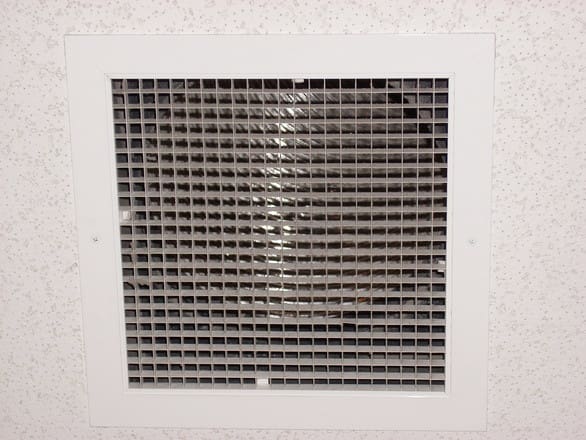Natural ventilation – simply opening the windows or doors, and allowing the natural flow of air to cool and freshen the interior of a building or room – is often the preferred choice for many people. For a variety of reasons however, mechanical ventilation is often needed as an alternative or at least an addition especially in certain rooms such as bathrooms and kitchens. This is especially the case in a place such as Singapore and in South East Asia in general, where firstly the temperatures tend to be high year round, and secondly the humid conditions mean that the air contains high quantities of water vapour meaning it is not ideal for drying wet or damp rooms.

Why the need for Mechanical Ventilation?
Modern buildings are designed more to keep the elements out – i.e. rain and wind, than they are to allow a circulation of air. Additionally, glazing has the effect of increasing the temperature inside a building (solar gain). Bathrooms in particular, the very rooms where extra ventilation is often needed most in order for the room to dry, are more often than not placed in an area of the home where natural ventilation is at its worst or even non-existent. Even in other areas of the residence, higher temperatures, or lack of air currents may mean that nature needs a helping hand.
Other occasions where mechanical ventilation comes in extremely handy is where the outside air is of such a poor quality that you do not want it coming into your living areas; where excessive external noise means opening windows is not a viable option; where there are young children or pets in the areas that need ventilation so for safety reasons windows are kept closed or open only slightly on a child lock; and finally where security issues or concerns mean that windows and doors need to be closed and locked.
What Types of Mechanical Ventilation are Available?
Methods range from a simple and cost effective ceiling fan that will circulate the air within a room, and in between rooms, to more expensive and intrusive supply and extraction systems. Other methods are roof ventilators (this obviously is redundant in high rise apartments); ducts that supply air to individual levels of multi-storey buildings, via floor-mounted or low-level wall mounted ventilators and ventilated façade systems installed within window frames.
Another option is to use what is called mixed mode ventilation. As the name suggests, this utilises mechanical methods alongside natural ventilation. This is very often, not just be the best method result wise, but also the most economical one.
Advantages and Disadvantage of Mechanical Ventilation over Natural Ventilation
The advantages are very straightforward. Mechanical ventilation provides a drier, cooler and all round more pleasant environment in which to live than one cooled purely by natural methods, particularly in bathrooms and kitchens. As stated earlier, it is also not compromised by air or noise pollution.
The disadvantages tend to come under the category of cost and the ability to actually fit the correct system into your place of residence. Retro fitting can be an expensive process, and in many cases the design or structure of your building may mean some methods cannot be used. Also, if you are renting your property, as opposed to the owner, changes to the building may not be under your remit to carry out.
Overall though the advantages are such and the fact that there are a number of different methods available, that more often than not there is a practical and economically viable solution that can be found to successfully integrate mechanical ventilation into your home.
Upcoming new launch condo in Singapore
Upcoming New Launch Executive Condo
Existing new condo
